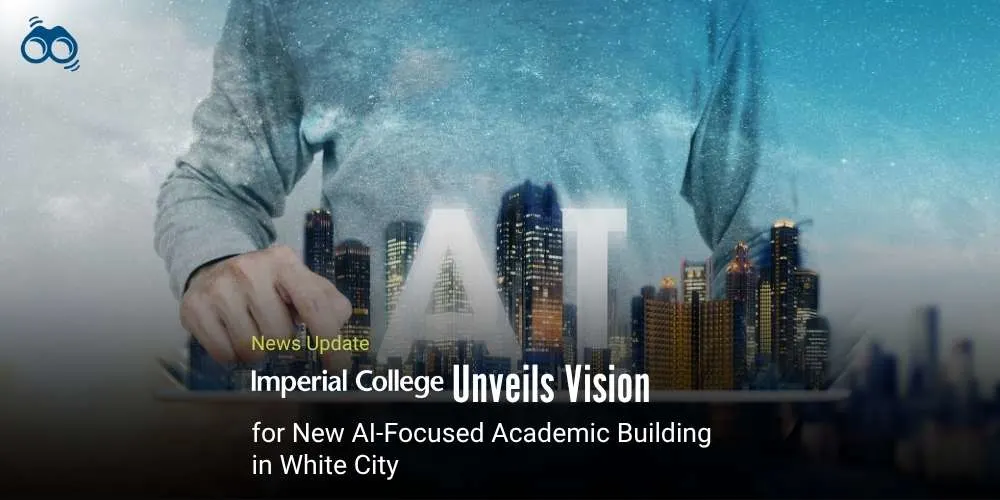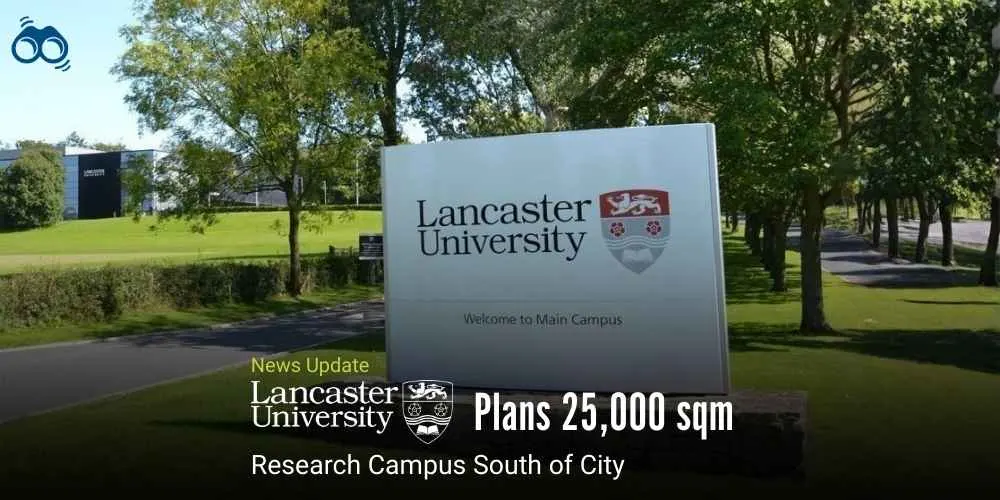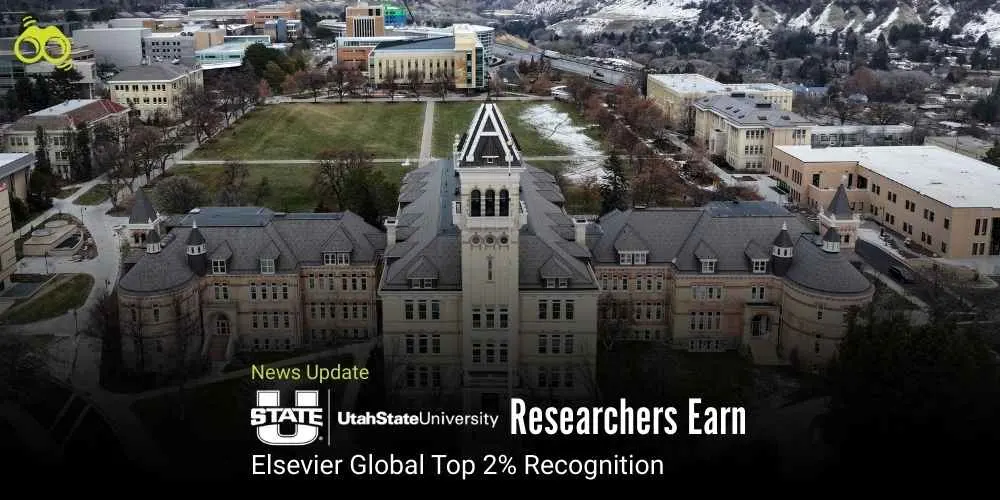Imperial’s White City Masterplan Advances with New AI and Technology Building
Imperial College Expands West London Campus with AI Innovation Centre
Imperial College London has set out its vision for a flagship new academic building in west London, to be a leading centre for artificial intelligence and data science. The planned 12-storey building is part of the broader Imperial College technology and innovation campus in White City and is meant to house computer scientists, mathematicians, and business experts together to advance AI innovation at UK universities. The building will be a central element of White City innovation district, reinforcing Imperial College's long-term strategy for science and engineering innovation.
The university has initiated a public consultation on the project, which will conclude on 26 October. A full Hammersmith and Fulham Council planning application is due later this year. Outline planning permission has already been secured for the site in 2019 for subsequent development, including research space, residential accommodation, and a hotel. Once approved, the new west London building for Imperial College will have artificial intelligence labs, shared research space, and publicly accessible facilities like cafés and exhibition areas. Ground and first floors of the building will be open to both the campus community and the wider local population, facilitating university-initiated urban innovation and academic-industry collaboration in AI.
Work on the Imperial College AI and data science hub is scheduled to start in mid-2026 and to be completed by 2029. The building will be a flagship Imperial College data science research facility, supporting the university's position at the forefront of international AI research collaboration and sustainable campus growth in London. One of the UK institutions to invest in AI research, Imperial is pushing forward with the development of its research and innovation facilities in response to the increasing need for academic research in artificial intelligence and data science. The new building demonstrates Imperial College's determination to lead technology and its wider aspiration to mould the future of STEM education and research centres in the UK.
Editor's Note:
The project to establish an AI and data science campus for Imperial College at White City is an unprecedented moment of strategic intervention, as AI assumes an increasing role in directing future research, education, and business. As an arena in which international competition in AI innovation is beginning to find its feet, this development places Imperial, and therefore the UK, squarely in the path of the next technological advances. But the establishment is more than just an infrastructure project; it is a statement of intent, a clear message that British universities are investing in long-term capacity, collaboration, and leadership in artificial intelligence. The initiative is particularly special because it combines academic excellence with scientific outreach. By making exhibition spaces, cafes, and community-accessible areas available on the lower floors, Imperial invites the public into its domain and encourages debate and discourse between scientists and society. It is a model of urban innovation powered by universities, where science and technology are neither confined to laboratories nor kept out of contact with the real world but are brought to the public eye, framed into current life, and made publicly relevant. It complements the long-term sustainable growth of the campus itself as part of a larger trend of inclusive growth and knowledge exchange in London. The project also reaffirms the position of higher education infrastructure in economic and social impact. By co-locating computer scientists, mathematicians, and business people in the same building, Imperial College fosters an environment where academic research in artificial intelligence directly informs industry practice and policy. Such collaborative partnerships between academia and industry are critical for translating research into real-world solutions and for developing the future STEM leaders responsible for taking them to market. There are already many innovative enterprises occurring in the White City innovation district, and this new building will further strengthen the district's standing as a hub for international AI research collaboration.
Skoobuzz believes that this forward-thinking investment demonstrates a commitment to both scientific advancement and societal well-being. Imperial College is not merely constructing a building; it is cultivating a powerful impetus for innovation, inclusivity, and global leadership.
FAQs:
1.What is Imperial College’s new AI centre in London?
Imperial College London is planning a 12-storey academic building in White City, west London, dedicated to artificial intelligence, data science, and machine learning. The centre will bring together researchers in computing, mathematics, and business to form a collaborative hub for AI innovation.
2. When will Imperial College’s new AI building be completed?
Construction is expected to begin in mid-2026, with completion targeted for 2029.
3. What will be included in Imperial’s new academic facility?
The building will feature advanced laboratories, research spaces, and collaborative work areas. It will also include public amenities such as cafés and exhibition zones, making it accessible to both the university community and residents.
4. How is Imperial College promoting AI and machine learning research?
Imperial promotes AI research through interdisciplinary programmes, postgraduate courses, and strategic partnerships. It recently launched a Centre for AI-Driven Innovation with the World Economic Forum to accelerate AI adoption across sectors and support economic growth.
5. What role does White City play in Imperial’s campus expansion?
White City is central to Imperial’s long-term masterplan. It serves as a designated innovation district where the university is expanding its presence with new research facilities, housing, and public spaces. The area supports convergence science and fosters collaboration between academia, industry, and the community.
6. How is Imperial College contributing to London’s innovation economy?
Imperial contributes through deep tech entrepreneurship, spinout support, and collaborative research hubs. Its Enterprise Lab and innovation centres help translate academic research into commercial ventures, strengthening London’s position as a global science and technology leader.
7. Which architects designed the new Imperial College AI building?
The new AI building in White City was designed by Allies and Morrison Architects, known for their work on academic and innovation-led developments.
8. How can the public access Imperial’s new AI campus facilities?
The ground and first floors of the new building will be open to the public, offering access to cafés, exhibitions, and shared spaces. This reflects Imperial’s commitment to inclusive development and public engagement.
9. What impact will the new Imperial College building have on West London?
The development is expected to boost local employment, attract investment, and enhance the area’s reputation as a centre for innovation. It will also support community engagement and contribute to the transformation of White City into a vibrant academic and commercial district.
10. How does Imperial College rank in global AI research?
Imperial College London is consistently ranked among the world’s top universities for AI research. It is recognised for its interdisciplinary expertise and leadership in science, engineering, and technology, placing it within the global elite of AI institutions.














0 Comments (Please Login To Continue)